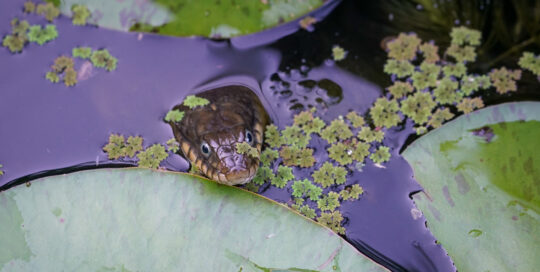Hackberry Trees Attract Birds and Butterflies
Views: 10244
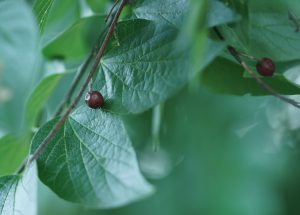
When asked to recommend a shade tree that benefits wildlife, the common hackberry (Celtis occidentalis) is the first that comes to my mind. Not only is it a host plant to butterflies, but its hackberries attract a variety of birds.
Birds
I have very fond memories of a specific hackberry tree. When my spouse and I lived in the middle of our college town, our neighbor had a huge tree that loomed over our yard. It was a mature tree, at least 40 feet tall, and every spring, a brilliant orange male oriole would perch in this tree and sing. The hackberry was the center of this oriole’s territory, providing the perfect perch and a buffet of berries for food. We would grill on our deck and be serenaded. If you’ve ever enjoyed a Baltimore oriole’s song, you’ll understand why I grew to love that tree.
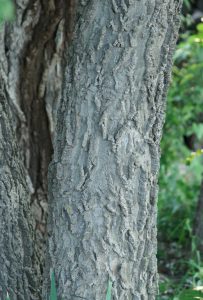
Though often mistaken for elm trees, hackberry trees’ bark is quite distinctive, with elevated ridges.
It isn’t just orioles that stake out hackberry trees, however. Every winter, we have flocks of cedar waxwings come through. Both waxwings and orioles are attracted by the trees’ small fruit. Watch closely and you’ll see the birds hopping from branch to branch, plucking berries from beneath the leaves. Other birds that eat hackberries include robins, cardinals, and mockingbirds.
Butterflies
The common hackberry is also the host plant for several butterflies. These include the Hackberry Emperor, Tawny Emperor, American Snout, Comma, Question Mark, and Mourning Cloak. If you love butterflies, a hackberry tree is one of the best trees to have.
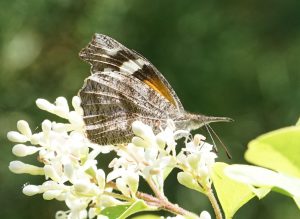
The common hackberry is a host plant for the American Snout butterfly as well as several others.
Hackberries, also known as sugarberries, nettletrees, and beaverwoods, are hardy in zones 3-9, and they tolerate a wide range of soils including alkaline, acidic, loamy, sandy, and clay. They will survive both flooding and drought as well as pollution and salt. They grow fairly quickly and can reach up to 60 feet high with an equal spread, making them an excellent shade tree.They are often used in urban settings because of their tolerance for harsh conditions.
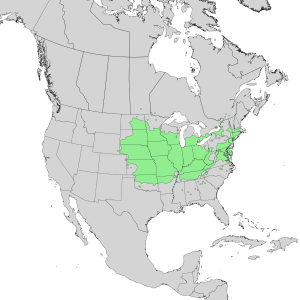
Native range of Celtis occidentalis.
In my zone 7 landscape, hackberries come up as volunteers, and they grow without help or assistance. Given the birds and butterflies they attract, I welcome them.
Meet Leslie Miller
Leslie Ann Miller shares 3.5 acres in rural Oklahoma with birds, butterflies and wide variety of animals. She is currently transforming her yard with plantings…
Leslie's Recent Posts
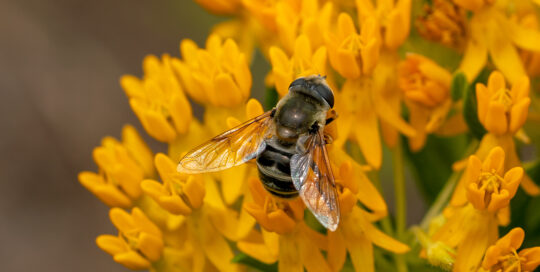
Why Gardeners Should Love Flies
